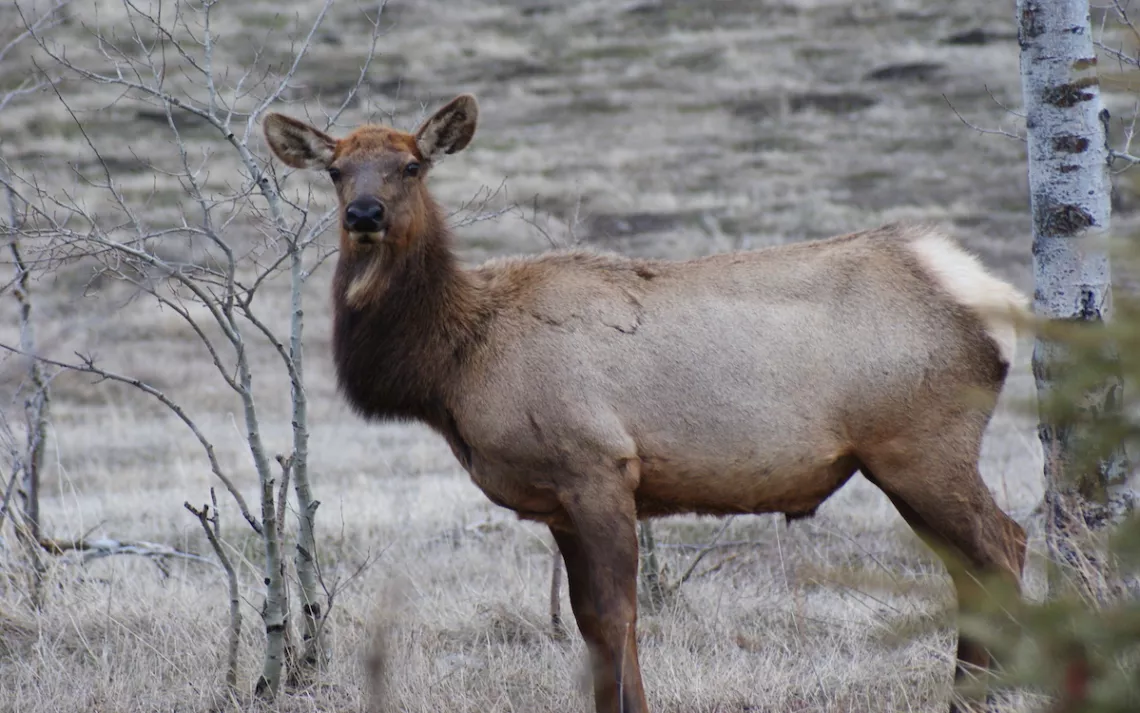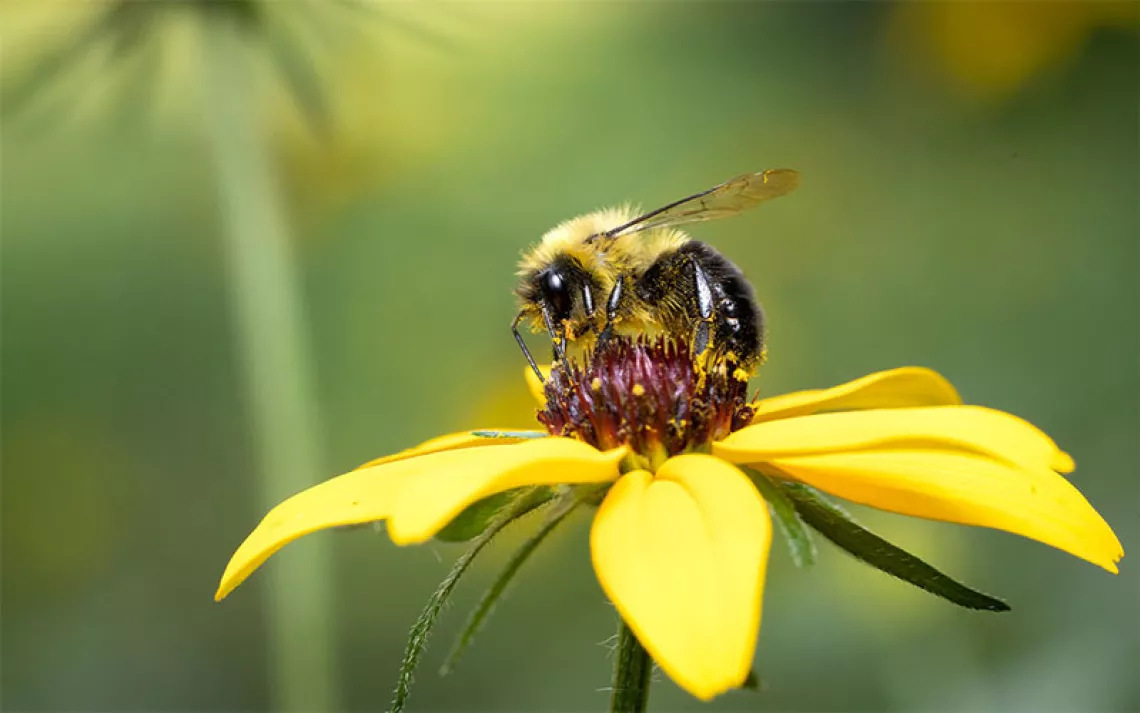Stealth Elk Almost “Invulnerable” to Human Hunters
Older females may survive by learning how to dodge hunting patterns

Photos courtesy of Simone Ciuti
Most elk hunters go after trophy males. Turns out older, female elk pose much greater of a challenge. Naive male elks in western North America rarely make it past the age of five because of heavy hunting. But, researchers have found that if a female elk can make it past 10 years, she’s almost “invulnerable” to human hunters—able to find the sneakiest of hiding places when hunting season comes around.
Researchers wondered if this semi-superpower was a product of natural selection driven by decades of hunting, or if the elk were capable of learning how to avoid humans over their lifetime. A new study in the journal PLOS One suggests that while there is some selection happening, the lady-elk do indeed learn—a finding that has implications for future elk management.
To study the elk, Henrik Thurfjell, then a post-doc at the University of Alberta and now a researcher at the Swedish Species Information Center, put GPS radio collars on 49 female elk ranging in age from one to 18 in Alberta and British Columbia. He and his team then monitored the elk for 2 to 4 years each, collecting data on the animals’ locations, distance traveled, and the ruggedness of the terrain they traversed. The researchers then modeled that data, looking to see if the elk behaved the same all the time, or if they adjusted their behavior, a sign that learning was taking place.
What they found is that during hunting season, the older female elk changed their behavior pretty drastically. Not only did they not move around as much, they moved into rougher terrain away from roads where they could not be seen or chased. During bow season, they moved into even more rugged country to discourage hunters, who shoot from relatively close range, from getting into range.
Mark Boyce of the University of Alberta and senior author of the paper says the tracking was eye-opening. Boyce has spent decades studying elk migration and behavior. “I’ve spent a lot of time watching elk, and their personalities were never obvious to me. They all seemed to behave the same,” he says. “But the GPS radio collars monitoring them day and night showed there’s a continuum of elk, from bold to shy. Of the bold individuals, every one got shot. There’s a strong selection against those. Those that didn’t get shot figured it out.”
The researchers suspect that male elk could probably develop similar strategies, if they ever survived long enough to learn. It’s possible that there are other explanations for what looks like learning, including hormonal changes or some sort of social dominance structure that influences the elk to move. But Thurfjell says he wouldn’t rule out learning. “It’s neat we can see that experience plays a role,” he says. “In one way it’s new, but people have always talked about old animals being clever. But no one ever showed that. Now we need to build on that knowledge.”
Thurfjell says that the study could help with some elk management problems. In western North America, where elk range everywhere from the deep mountains to farmland, they are often seen as agricultural pests. Because of that, elk are often hunted more intensively in rural areas. But Thurfjell thinks that using the elk’s ability to learn could reduce those conflicts. Instead of wiping out a nuisance herd, landowners could shoot just one elk, causing the others to modify their behavior. “If hunters and landowners try to manage elk together and form a plan, they have a chance to keep elk populations high and reduce crop damage,” he says. “By being unpredictable they could impose a hunting pressure to make the elk avoid those areas.”
Boyce says that while North America does a pretty good job at managing elk, and that most elk harvested each year are three years old or younger, keeping older animals in the herd is important, something this study underlines. “Those young elk not harvested learn from older individuals,” he says. “They know where to go during migration, they know where to forage and where to calve. The younger elk follow and learn from them. The fact that we have mature elk as a resilient part of the population sustains the entire herd. That’s important in the way we manage them.”
 The Magazine of The Sierra Club
The Magazine of The Sierra Club



